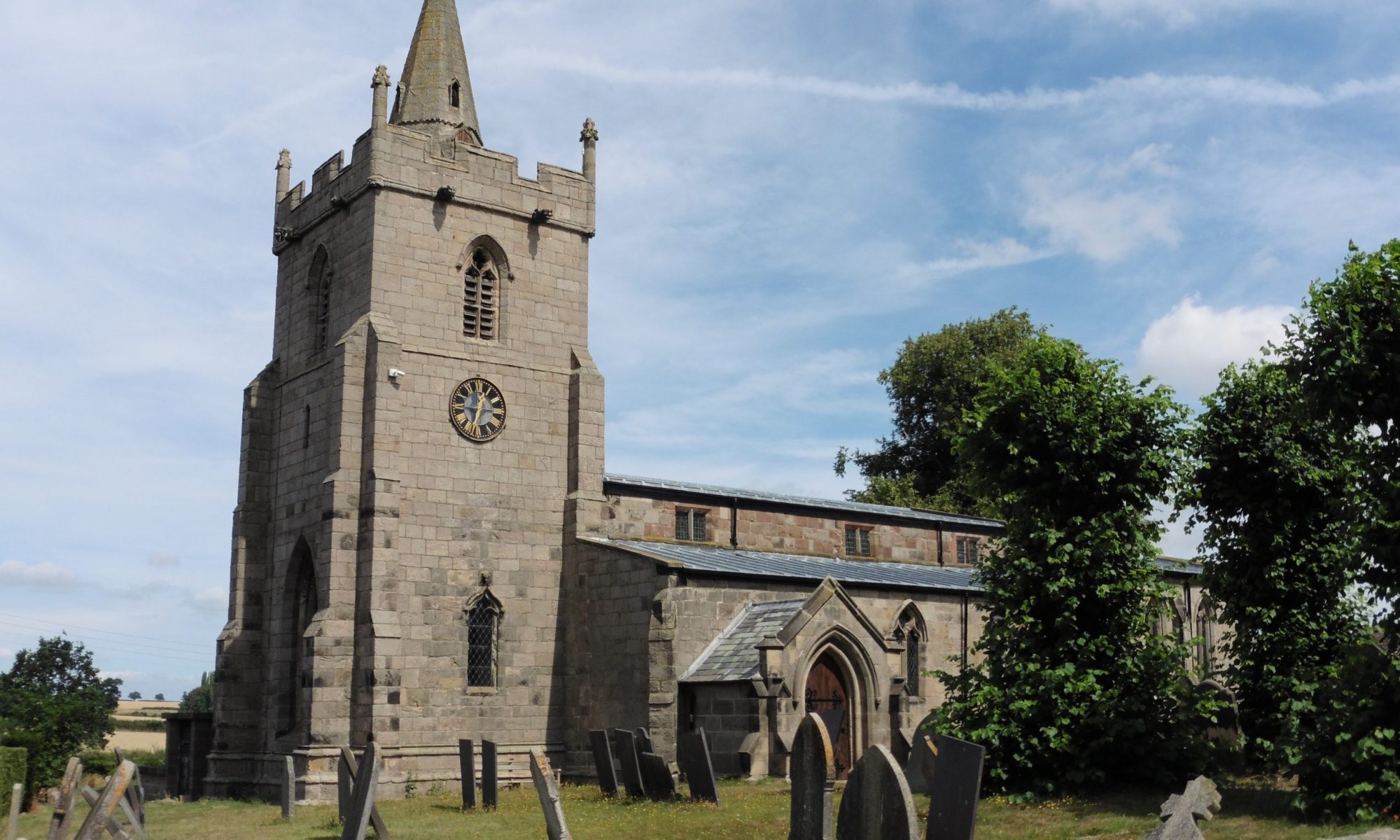Church Broughton came into the hands of the Duke of Devonshire’s family in a roundabout way. When Tutbury priory was dissolved there seems to have been a bit of hanky-panky. As a lesser monastery it came into the 1536 category by 5/2d. The auditor at the time, getting ?2 annual fee, was one Francis Basset. He saw good possibilites and had Archbishop Cranmer’s backing to postpone the dissolution in hopes of his scooping up the revenue. However, when in 1538 a Dr Legh, came to get the Deed of surrendeer signed by the monks, he had an auditor called William Cavendish. Lo and behold after selling the furniture and the lead from the roof, paying redundancy money to the monks it was Sir William Cavendish who demolished the priory and built his son Henry a house on Castle Hill. Then in 1608 Henry sold William Lord Cavendish (was he a cousin?) the manors of Chatsworth and a whole lot more of Derbyshire. So maybe it was thanks to Bess of Hardwick and her financial wizardry, which provided William Lord Cavendish with the money that led to the Dukes of Devonshire playing a part in Church Broughton history. (And what happened to the auditor Francis Basset?) The result for this village was that unlike Barton and Sudbury, there was no resident squire. The estate was seen as a financial property, available to mortgage, so the farms were inspected and kept in good condition, and the Dukes contributed in a benign way to the church and school, but from a distance.

A Derbyshire Village